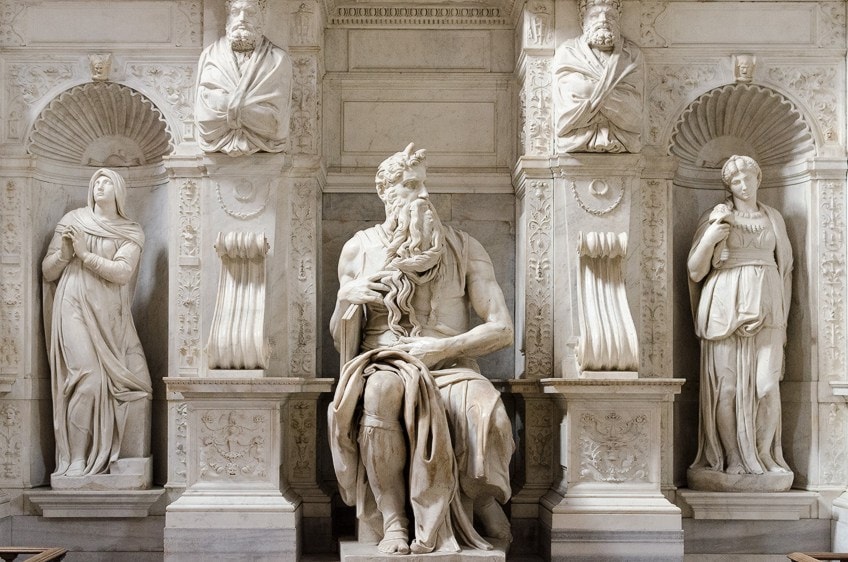Woke up totally bugged by this question
Seriously, you ever walk past those really old statues in museums? Like Michelangelo's David? Everyone goes 'wow amazing'. But honestly? I just nodded along. Never really got why they were such a big deal, you know? Like, cool shapes and naked dudes, but what’s the actual point? So this morning, coffee in hand, I decided: screw it, I'm gonna figure this out FOR REAL. Didn't wanna just read a boring article. Wanted to SEE it. Feel it.
Step 1: Google tried to ruin everything
My first mistake. Typed in "why renaissance art important." Boom. Got hit with:
- A university lecture transcript longer than the Bible.
- Some guy's PDF thesis with charts that looked like alien math.
- A Wiki page listing fifty artists I've never heard of. Total headache.
Felt like giving up. Was just confusing noise. Needed something real.

Changed tactics: Went to the source (well, almost)
Grabbed my jacket and headed downtown to the big museum. Didn't go near the fancy Impressionists everyone crowds around. Beelined for the quiet, kinda dusty "Old European Sculpture" wing. Stood right in front of a life-size marble dude – some saint or hero, honestly forgot the name tag. But here's what hit me:
- His muscles weren't just carved, they looked tense. Like he might actually step off the damn pedestal.
- His face wasn't blank. You could see worry lines near the eyes. Actual emotion carved in stone!
- The pose? Not stiff. He was twisting slightly, balanced but alive.
Started snapping pics like a maniac on my phone, weird angles, close-ups. Tried to capture that feeling.
The Lightbulb Exploded (Thanks, Michelangelo)
Back home, staring at my blurry pics. Still felt like I was missing the key. Found some high-res photos online of Michelangelo's Slaves – those unfinished figures fighting the stone. And then it SMACKED me.
These guys weren't just making statues. They were REBELLING. Before the Renaissance, statues were mostly religious icons – flat, stiff, symbolic. Safe. Then these Italian dudes said "Nah." They dug up old Greek and Roman ruins and thought: "We want THAT. Real people. Real muscles. Real pain. Real sweat." They studied actual corpses to understand bones! They obsessed over how light fell on a cheekbone! It wasn't about just copying the past; it was stealing fire. Taking ancient ideas and cranking them to eleven with their own mad skills.
Suddenly, looking at my blurry saint pic, I saw it: He wasn’t just a saint. He was a person. Flesh and blood trapped in stone. That was the revolution right there.

Connecting the (very obvious) dots
So why does ANY of this dusty marble matter today? Here’s what clicked walking back from the museum, dodging tourists:
- You like superhero movies? That dramatic pose, the detailed muscles? That obsession with the realistic (yet impossibly perfect) human body? Renaissance sculptors INVENTED that playbook. Seriously.
- Ever seen a super detailed character in a video game? All those wrinkles, scars, expressions? That crave for hyper-realism started with guys chipping away at marble trying to make stone breath.
- Even modern logos & ads – that clean elegance, the focus on simplicity and form? Echoes of stripping away all the gaudy medieval clutter to find the essential shape underneath.
It wasn’t just about making pretty art 500 years ago. It was a massive mindset shift. These sculptors pushed the idea that humans, our bodies, our minds, our experiences, were WORTHY of being the main event. Not just symbols for gods and kings. That fundamental shift? That’s the fuel still feeding almost everything visual today. We're still playing in the playground they built, just with fancier tools.
Wrapping up my messy head
Started today totally clueless and kinda dismissive. Ended it feeling dumb for ignoring these rock stars for so long. Didn’t need fancy words or charts. Just needed to stand in front of the work, look close, and think about the sheer AUDACITY of what those sculptors tried to do. Makes you look at the phone screen, the movie poster, the video game cutscene – literally any image around you – a little differently. That's why those old statues matter. They rewired how we SEE.












